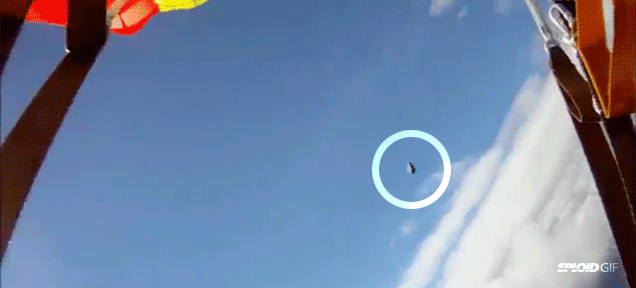Que monstro 
http://www.publico.pt/ciencia/noticia/detectada-uma-das-maiores-estrelas-de-sempre-1628037
Quando esta explodir...

Os quatro telescópios principais que compõem o VLT (Very Large Telescope) do Observatório Europeu do Sul (ESO), no Chile, foram utilizados em conjunto para avaliar o tamanho de uma estrela hipergigante amarela. E, conforme anunciou o ESO em comunicado esta quarta-feira, permitiram descobrir várias características surpreendentes, como o seu desmesurado tamanho e a presença de uma estrela companheira, tão próxima dela que as duas literalmente se tocam.
Segundo a equipa internacional que realizou as observações, liderada por Olivier Chesneau, do Observatório da Côte d’Azur (França), o diâmetro da HR 5171 A, situada na nossa galáxia (a Via Láctea), é 1300 vezes maior que o do Sol. Trata-se assim da maior estrela amarela detectada até hoje e de uma das dez maiores estrelas jamais descobertas, sendo 50% maior do que a célebre supergigante vermelha Betelgeuse, situada na constelação de Orionte.
A HR 5171 A é também um milhão de vezes mais brilhante do que o Sol e, apesar de se encontrar a uns 12.000 anos-luz da Terra, é praticamente visível a olho nu “para quem tiver a vista aguçada”, diz ainda o comunicado.
http://www.publico.pt/ciencia/noticia/detectada-uma-das-maiores-estrelas-de-sempre-1628037
Quando esta explodir...






